Structure of the Esophagus
The esophagus is approximately 25 centimeters (10 inches) long and is located in the chest cavity behind the trachea (windpipe) and in front of the spine. It is made up of layers of tissue, including mucosa, submucosa, muscle, and adventitia.Functions of the Esophagus
- Transportation: The esophagus transports food and liquids from the mouth to the stomach.
- Peristalsis: Coordinated muscle contractions called peristalsis help push the food down the esophagus.
- Sphincters: The esophagus has two sphincters – the upper esophageal sphincter and the lower esophageal sphincter – which open and close to control the movement of food and prevent backflow of stomach contents.
Common Conditions of the Esophagus
There are several conditions that can affect the esophagus, including:- GERD (Gastroesophageal Reflux Disease): A condition in which stomach acid flows back into the esophagus, causing heartburn and potential damage to the esophageal lining.
- Esophageal Cancer: The development of cancerous cells in the lining of the esophagus, often linked to factors such as smoking, heavy alcohol use, and chronic irritation of the esophagus.
- Esophageal Stricture: Narrowing of the esophagus due to the buildup of scar tissue, causing difficulty in swallowing.
How to Keep the Esophagus Healthy
To maintain a healthy esophagus, it is important to:- Eat a Balanced Diet: Consuming a diet rich in fruits, vegetables, whole grains, and lean proteins can help keep the digestive system, including the esophagus, healthy.
- Avoid Triggers: Avoiding foods and drinks that trigger acid reflux, such as spicy foods, caffeine, and citrus fruits, can help prevent irritation of the esophagus.
- Quit Smoking: Smoking can weaken the lower esophageal sphincter and increase the risk of developing esophageal cancer, so quitting smoking is important for esophageal health.
◂Science Worksheets and Study Guides Fifth Grade. Newton's Laws of motion
Study Guide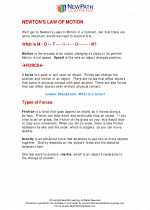 Newton's Laws of motion
Newton's Laws of motion  Activity Lesson
Activity Lesson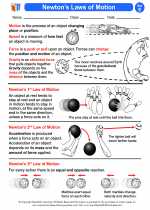 Newton’s Laws of Motion
Newton’s Laws of Motion  Worksheet/Answer key
Worksheet/Answer key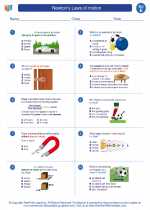 Newton's Laws of motion
Newton's Laws of motion  Worksheet/Answer key
Worksheet/Answer key Newton's Laws of motion
Newton's Laws of motion  Worksheet/Answer key
Worksheet/Answer key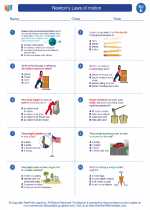 Newton's Laws of motion
Newton's Laws of motion  Worksheet/Answer key
Worksheet/Answer key Newton's Laws of motion
Newton's Laws of motion  Vocabulary/Answer key
Vocabulary/Answer key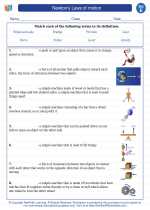 Newton's Laws of motion
Newton's Laws of motion  Vocabulary/Answer key
Vocabulary/Answer key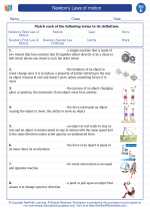 Newton's Laws of motion
Newton's Laws of motion 

 Activity Lesson
Activity Lesson
 Worksheet/Answer key
Worksheet/Answer key
 Worksheet/Answer key
Worksheet/Answer key
 Worksheet/Answer key
Worksheet/Answer key
 Worksheet/Answer key
Worksheet/Answer key
 Vocabulary/Answer key
Vocabulary/Answer key
 Vocabulary/Answer key
Vocabulary/Answer key

The resources above cover the following skills:
PHYSICAL SCIENCE (NGSS)
Motion and Stability: Forces and Interactions
Students who demonstrate understanding can:
Support an argument that the gravitational force exerted by Earth on objects is directed down.